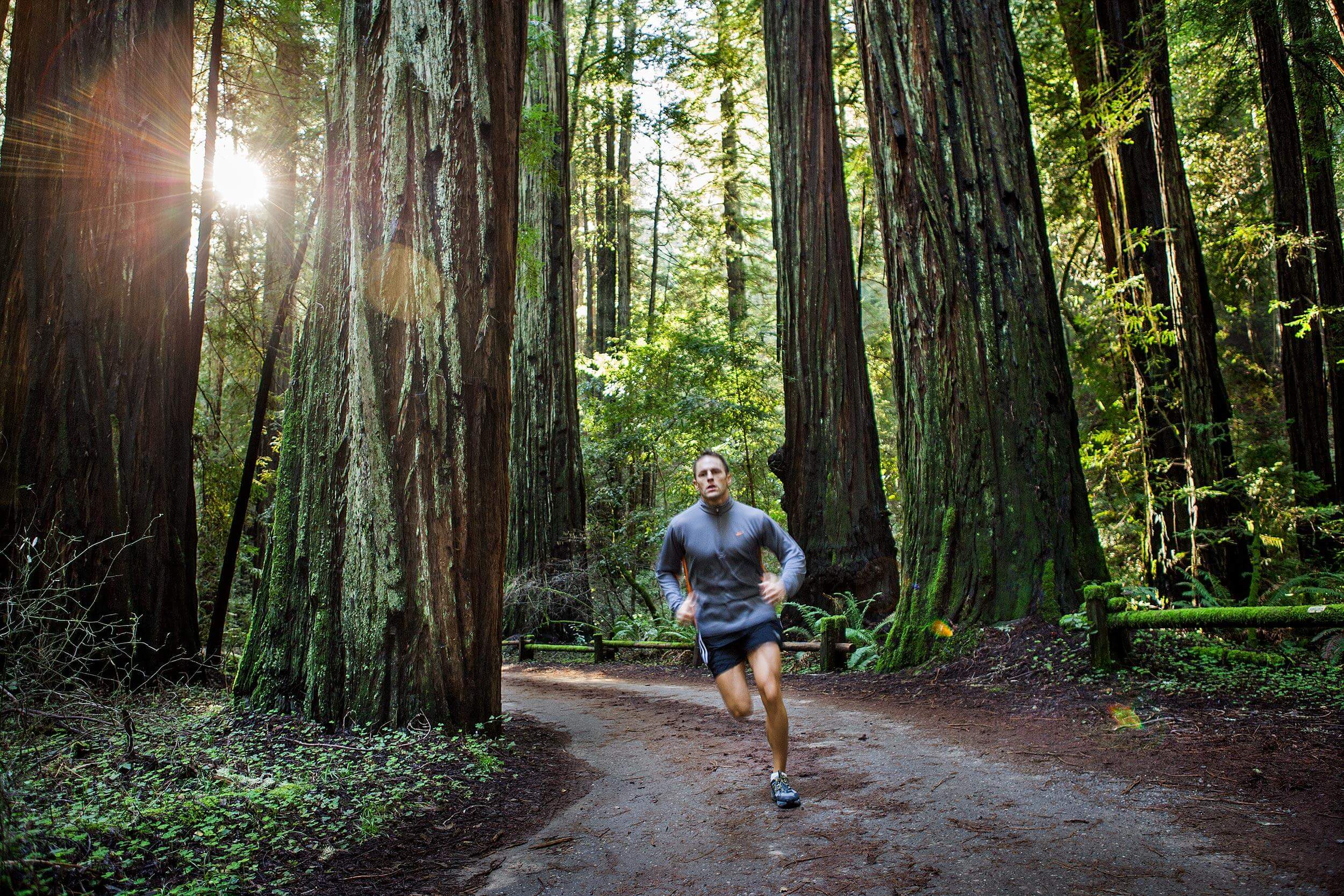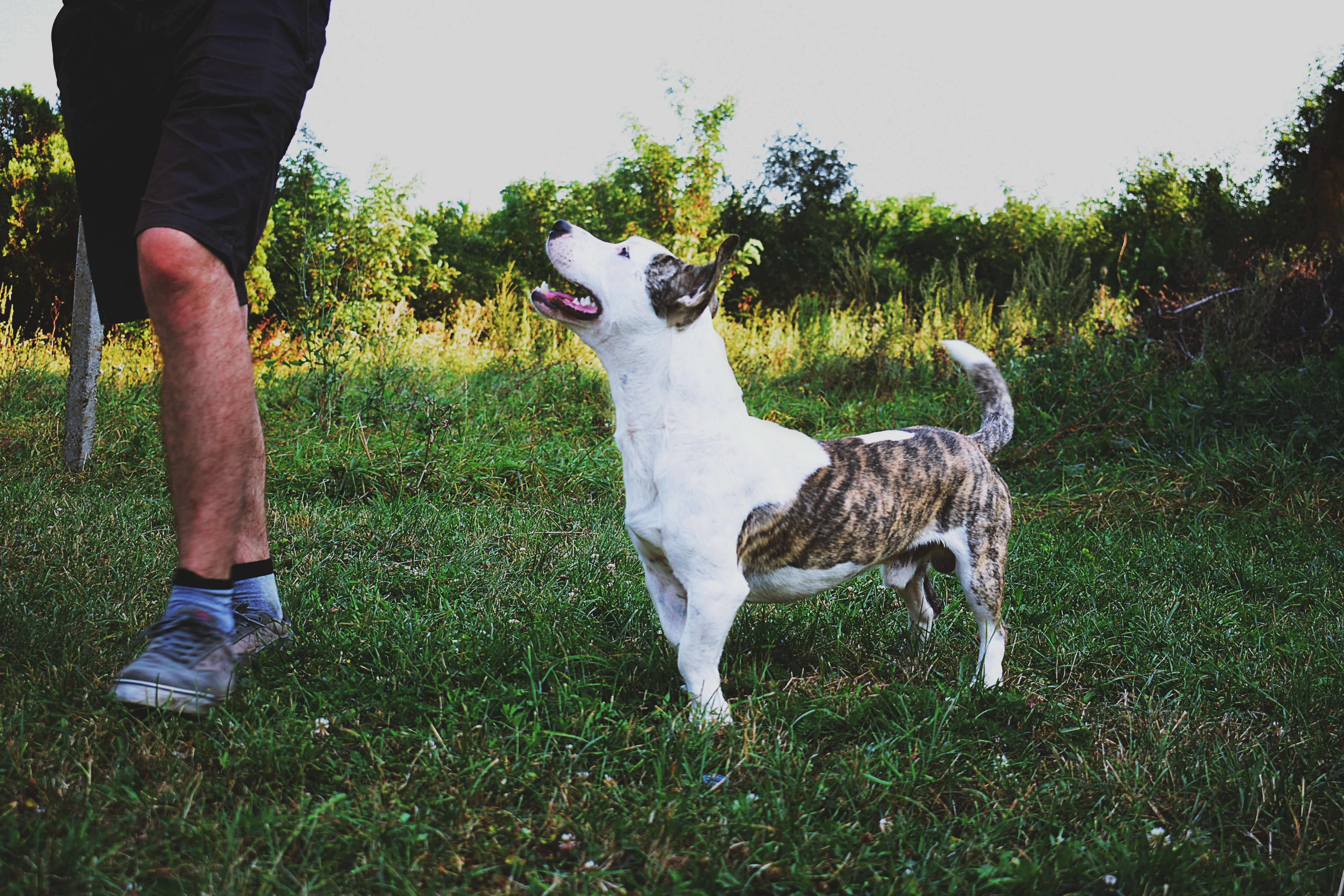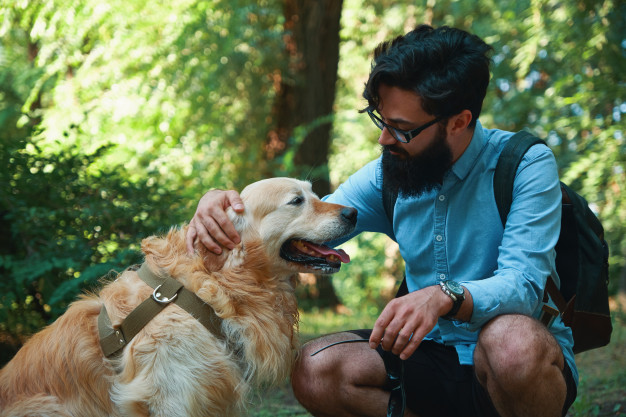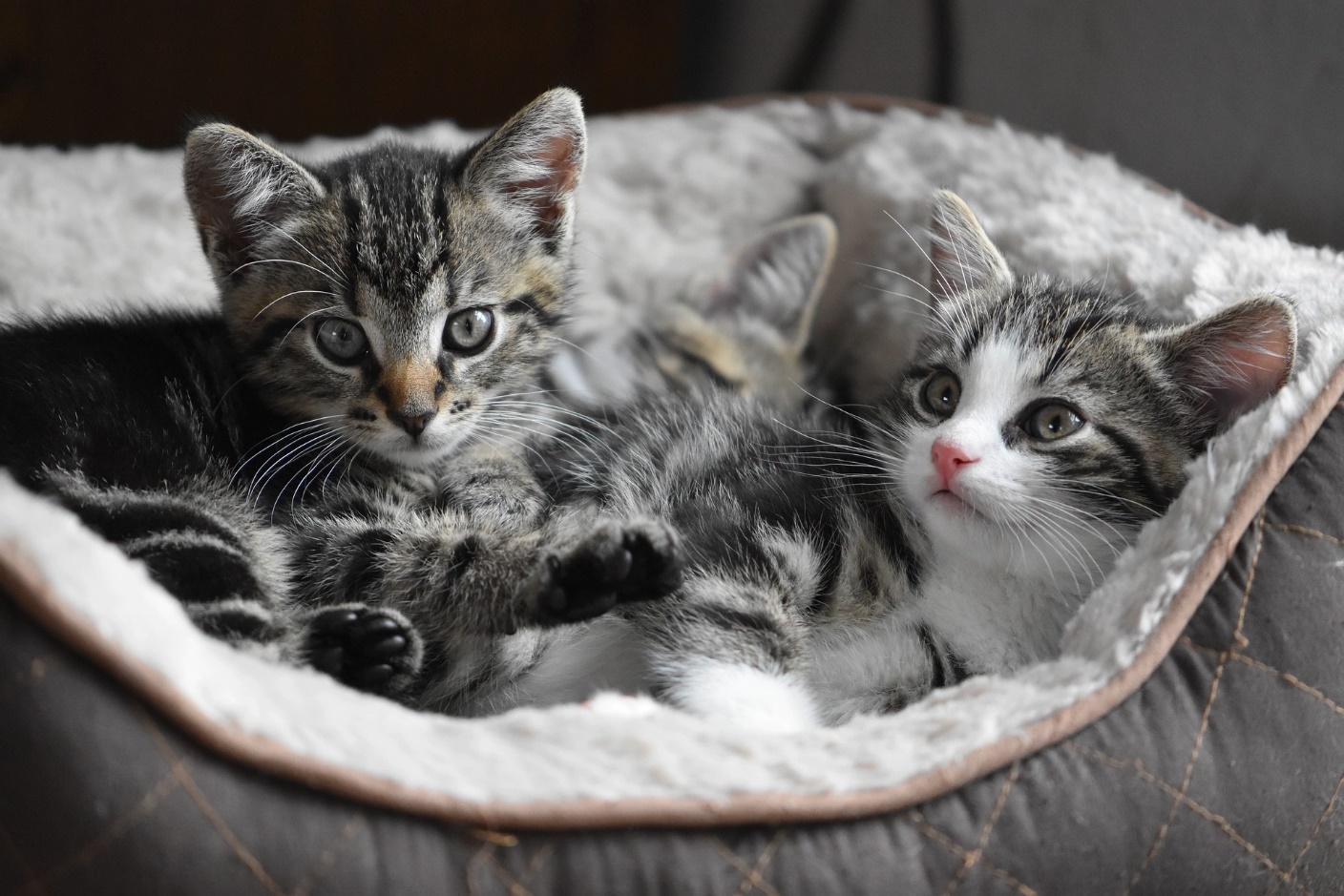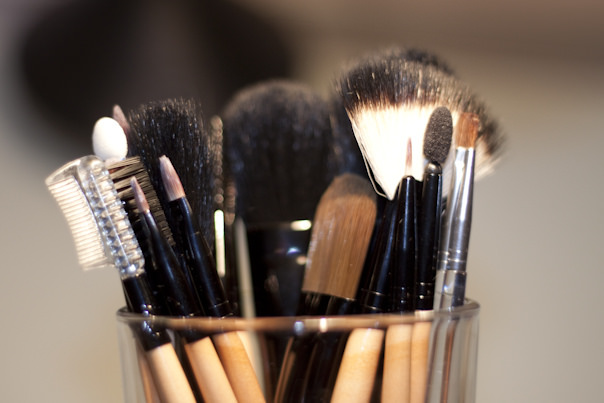The hunting season is approaching… What does it mean? A danger for animals? Certainly… However, if hunting season is approaching, firstly, it means a great danger for people! According to the gruesome statistics, on average the hunters kill more than 20 people every year. This is horrendous, but, unfortunately, this is an original figure! By the way, runners have such accidents more often than other people and it’s easy to understand why… Most runners ignore safety aspects during this dangerous period of time without realizing that it may lead to death! To avoid the risk, as a runner, you need to know some tips to be safe during the hunting season.
Safe Running During Hunting Season:
Know when the season starts:
When is the hunting season? You necessarily have to know the dates! Besides, be attentive because the hunting season for different animals may vary by the country, state or even the weapon permitted. Be sure that you know your state regulations for additional information on the hunting season in your area.
Wear the outfit of appropriate colors:
Remember, you shouldn’t put on the natural- or animal-colored clothing if you`re going to run during the hunting period. Forget about green, brown, black and gray colors! Orange is the best option for you in this case… At least, you can dress a bright orange vest. It allows to stay visible for hunters and they never mix you up with an animal. One more important thing here. If you don’t want to be a turkey for wild animals when running, you have to avoid red, blue and white pieces of clothing.
Choose the right time and neutral pronation running shoes for running:
Now you should think about when hunters like to hunt and what time they are most active? Of course, at dawn or dusk because it’s the best time to see or watch wildlife. What does it mean?! Right you are! Never run at dawn and dusk when the risk to be shot by hunters too high.
Pay attention to the signs:
It’s important for all runners to read the signs often placed at trailheads. This will enable to see what activities are allowed in the area where you like running. If you see the sign that allowed hunting and realize that it’s hunting season now, it would be better to choose another trail for your hobby to avoid getting into trouble.
Be loud:
Hunting season is not a time when you can be quiet. If you plan to run and know that it’s hunting season now, try to make some noise while running (choose the right running shoes. For example, you may sing your favorite song loudly, talk to your friends, whistle and so on… This noise can really save your life.
Think of your dog:
Some runners bring their dogs while jogging. Don`t forget to protect your dog during this dangerous period – hunting season. You should also wear an orange vest on your dog if you want to secure it.
Be polite:
You live in a society in which we are all equals and everyone has the right to the hobby. You like running and somebody loves to hunt. That’s okay! Be respectful of the hunters! Remember, this land is our common land and we all have the right to enjoy it for different seasons. You just have to make the appropriate preparations and in case you accidentally meet the hunter, you will immediately see each other and go in opposite directions in order not to intrude with each other.
Rural areas are one of the most favorite places to run. And that’s great! But you should keep in mind that the end of the summer, fall, and winter is a high-risk time for runners because of the hunting season. Be ready for it and always follow running safety tips to save your life during this dangerous period.
Read Aso :













